As the year comes to a close, if your fiscal year also is the calendar year, you are probably knee-deep in planning for next year. Regardless, we’re about to begin a new quarter and a new year, so let’s plan for success! Remember, when you fail to plan, you plan to fail.
Planning is not a job to be left to the winery owner or CEO – every department lead should have a part of the planning process. If you’re on a ship, wouldn’t you like to know where the captain intends to head? If you’re part of the crew, you need to know to help get the ship to its destination.
Why is planning such an important and good investment?
- Business Control. The alternative is chaos and the future of our business is at stake; there’s really no choice if you want to maintain control.
- Net Efficiency. Planning takes time, but it is time well spent. Proper planning actually saves time, effort and money by allowing management to make mistakes on a spreadsheet (and then correcting them). By focusing on the correct goals, we will end up spending less time fighting fires.
- Smart Allocation of Resources. Successful businesses put their assets to use smartly, profitably. Good plans change the way businesses use assets to achieve goals and increases profits.
- Fiduciary Responsibilities. Our stakeholders (owners, boards, banks.) insist on good plans otherwise why would they continue to invest their resources (time, people and money) in us?
Each year we need to create, monitor and execute a business or operating plan. This process is called the Planning Cycle and has six distinct stages of the process.
6-Step Planning Cycle:
Step 1 – Reality Check: Make it Visible
We can’t plan a route if we don’t know where we’re starting from:
- Before we begin any planning or budgeting activities, we must first know our baseline.
- We need to analyze and understand our dashboard metrics / key performance indicators (KPIs) and financials. What’s our current state and what are our trends?
- Complete annual reviews of the team – what are their strengths and weaknesses?
- If needed, use employee and/or customer surveys to get more of the full picture.
- Annual reality checks should be done by department/channel, as well as by company.
Step 2 – Strategic Planning Process: The Annual Tune-Up.
Fine-tune goals and objectives:
- Annually, we need to review our mission and vision. Why we are here and where we are going?
- The forecast and planning should focus on the long term. (usually 5 years)
- Don’t forget to include an annual SWOT (Strengths, Weaknesses, Opportunities, and Threats) analysis to understand the annual reality check.
- Set a BHAG (Big Hairy Audacious Goal) that will keep our course on track for the long-term.
- We may need to reset annual thematic goals to help us get where we need to be.
- Annual SWOT, BHAG and thematic goal resets should be done by department/channel, as well as by company.
Step 3 – Annual Operating Plan: The Business Plan Part 1
Setting strategic goals and objectives – the big picture:
- Our business plan will include specific tactical goals (both KPI metrics and financials) that drive towards our thematic goals.
- Our business plan will include a budget with detailed financial projections (monthly, quarterly and annual).
- It will also include a recap of key assumptions and sensitivities (our metrics dashboard).
Step 4 – Tactical Plan: The Business Plan Part 2
The methods by which the goals and objectives will be achieved:
- This part of the plan includes a timeline of actions that will need to occur to achieve the budget.
- It should have champions clarified for who is responsible for what.
Step 5 – Progress Updates: Lather, Rinse, Repeat.
Monitor your progress and evaluate:
- Do periodic reporting of how we are doing versus plan (budget & metrics).
- Be sure to highlight successes and how to leverage them.
- We will also need to include corrective actions to address negative variances.
Step 6 – Rolling Forecasts
Create a model that self trains to become more efficient:
- This should be a one-page overview, updated monthly with revised annual projections based on current trends.
- The rolling forecast could result in a formal adjusted plan (budget) if positive or negative variances make the original plan meaningless.
As it suggests, this planning ‘cycle’ means it is a dynamic process that does not end when we take a particular action. We need to regularly assess our financial decisions. Know where you are at in the process at any given time and which type of plan you are creating. It’s a continuous process. The best plans are fluid. Plan your work, and work your plan… and plan on success!




